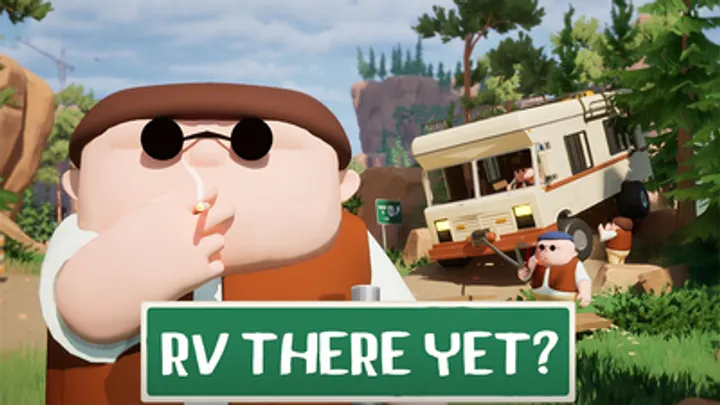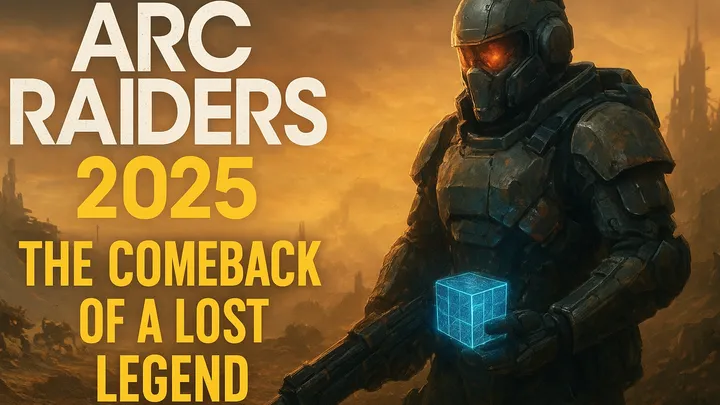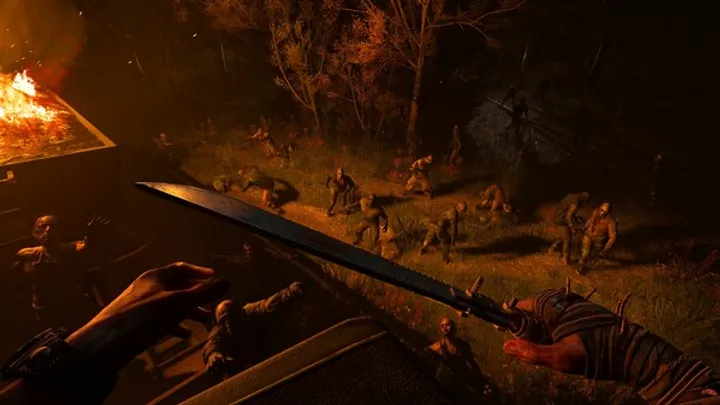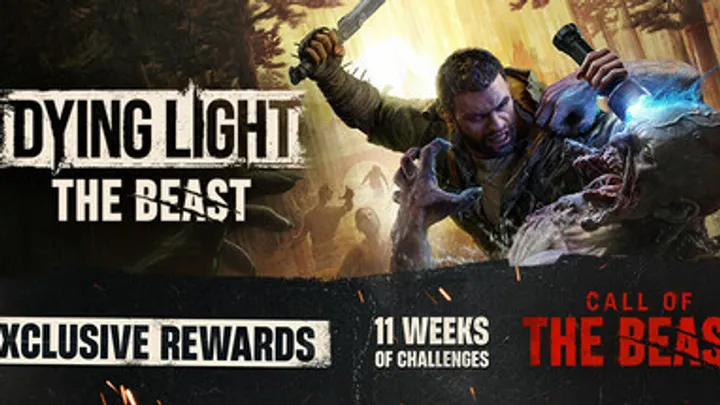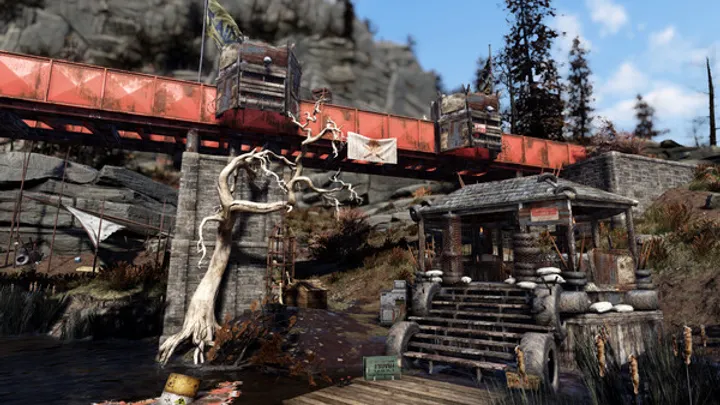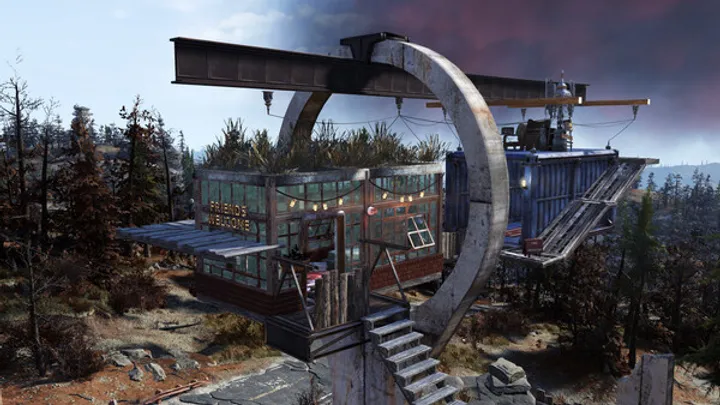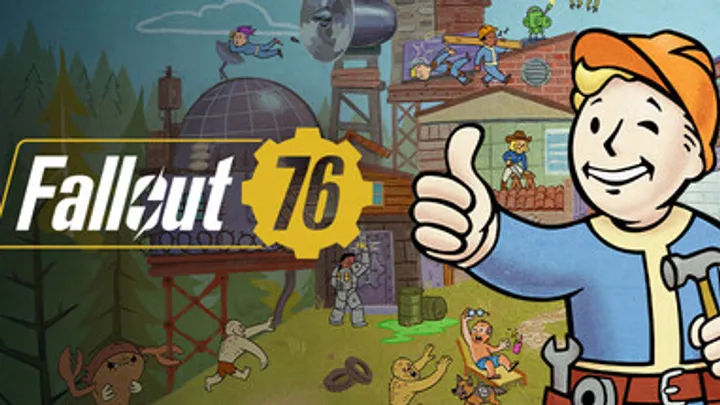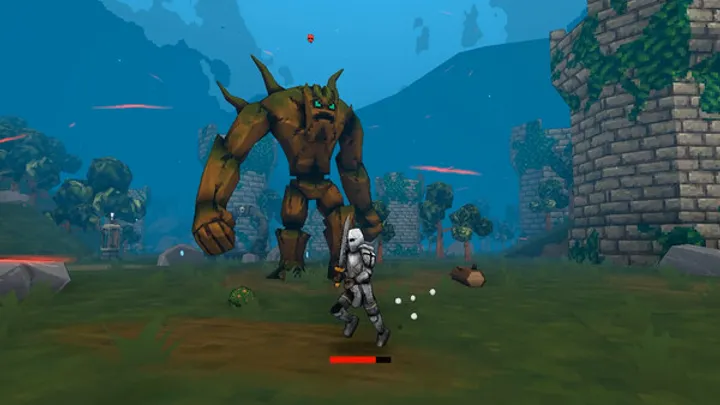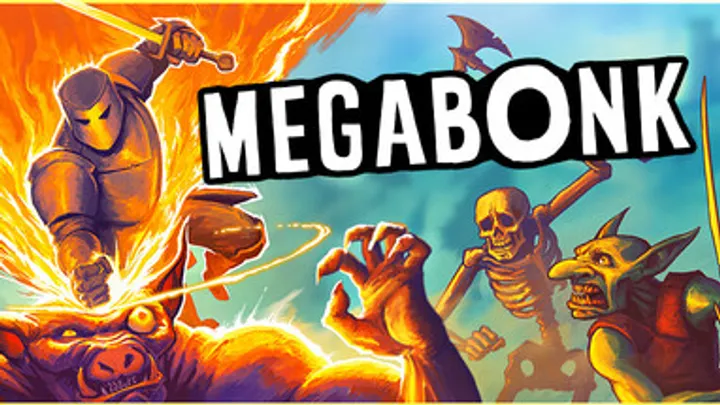Introduction
Fallout 76 takes the legendary post-apocalyptic RPG series online, throwing players into a massive, interconnected world where survival depends on preparation, adaptability, and teamwork. Set in the hills of West Virginia, it challenges you to rebuild civilization while facing radiation, mutated monsters, and other players who might be friend—or foe. But surviving Appalachia isn’t just about collecting loot; it’s about understanding how the world works, mastering your build, managing resources, and thriving in a landscape where everything wants to kill you. This guide will walk you through every major stage of Fallout 76, from your first steps out of Vault 76 to building a base, managing hunger and thirst, fighting legendary enemies, and joining factions for endgame power.
1. Beginning Your Journey Out of Vault 76
When you first emerge from Vault 76, the world feels both beautiful and hostile. Everything from hunger to radiation is now a factor. Your first goal should be learning the fundamentals — movement, crafting, and survival basics.
Starting Tips
- Gather everything. Junk is essential early on because it’s used for crafting weapons, armor, and your C.A.M.P. structures.
- Complete the early Overseer quests. They teach key systems like base building, cooking, and combat.
- Don’t rush. Explore nearby areas like Flatwoods and The Wayward for safe early missions.
Early Game Mistakes to Avoid
- Don’t waste ammo on every enemy. Save bullets for tougher fights.
- Avoid drinking unpurified water unless absolutely necessary; it causes radiation.
- Repair your gear regularly; weapons can break faster than expected.
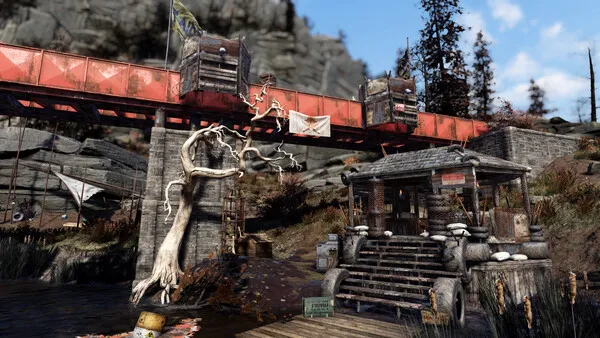
2. Understanding Your S.P.E.C.I.A.L. Build
Fallout 76 continues the series’ iconic S.P.E.C.I.A.L. system — Strength, Perception, Endurance, Charisma, Intelligence, Agility, and Luck. Each point you assign changes how you play.
Building Your Character
Early on, decide whether you want to focus on combat, crafting, or exploration. Melee builds rely on Strength, while stealth snipers lean on Agility and Perception. Intelligence-based builds excel in crafting and repairing equipment.
Key Tips for Builds
- Don’t overspecialize too soon; experiment with perk cards before committing.
- Combine cards strategically. For example, stacking “Pharma Farma” increases chem drop rates.
- Remember Charisma affects team play and faction interactions — useful in multiplayer.
3. Crafting, Repairing, and Managing Resources
Crafting is the core of survival. You’ll rely on scavenged junk to make weapons, armor, food, and even purified water. Managing your resources is an art form in Fallout 76.
Crafting Essentials
- Scrap junk at workbenches often to convert it into crafting components.
- Keep adhesive, screws, and aluminum — they’re the rarest essentials for repairs.
- Build a stash box early; encumbrance slows you down and makes you an easy target.
Survival Management
Food spoils over time, so cook meals before venturing out. Water purification stations at your C.A.M.P. are life-savers. RadAway and Stimpaks should be prioritized over luxury items like grenades.
4. Building Your C.A.M.P. – Home Is Where You Don’t Die
Your C.A.M.P. (Construction and Assembly Mobile Platform) is your personal base — a safe haven, crafting zone, and defensive outpost.
Base Building Tips
- Choose flat ground away from high-level enemy spawn zones.
- Include defenses like turrets and traps; random events can trigger attacks.
- Power management matters — generators are noisy but necessary for lights and turrets.
C.A.M.P. Strategy
- Use your base as a fast travel point to save caps.
- Relocate your C.A.M.P. strategically near resource nodes or quest areas.
- Add vendors later to sell items to other players.
5. Combat Mastery – Weapons, Armor, and Mutant Fights
Combat in Fallout 76 feels familiar but more unpredictable due to online dynamics. Enemies don’t always scale perfectly, so knowing your limits matters.
Weapon Types
- Melee: Strong early-game choice since it doesn’t rely on ammo.
- Guns: Versatile but resource-heavy — manage ammo wisely.
- Energy Weapons: High damage but costly to maintain.
Combat Survival Tips
- Always aim for weak points — headshots, or limbs on larger creatures.
- Keep backup weapons for when ammo runs low.
- Use V.A.T.S. (Vault-Tec Assisted Targeting System) smartly; it now runs in real-time, so timing counts.
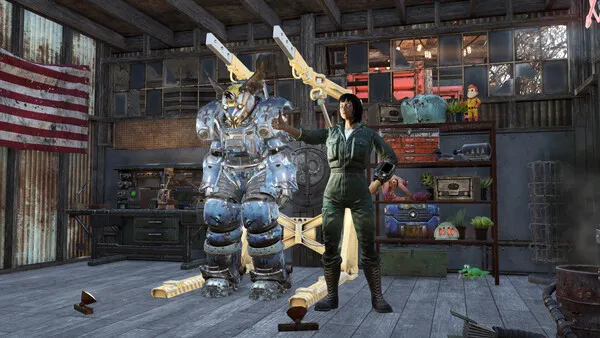
6. Dealing with Radiation and Mutations
Radiation is constant in Fallout 76. It lowers your max health but also opens up the mutation system, which can drastically alter your gameplay.
Managing Radiation
- Keep RadAway, Rad-X, and RadShield on hand.
- Avoid standing in irradiated water or storm zones.
- Eat clean food whenever possible.
Mutations
Certain radiation levels trigger random mutations. Some are beneficial (e.g., Speed Demon increases movement speed) while others are harmful. Use the Starched Genes perk to lock in good mutations and prevent bad ones.
7. Exploring Appalachia – Regions and Danger Zones
The world of Fallout 76 is vast and divided into multiple regions, each with increasing difficulty. Knowing where to go — and when — can make or break your survival.
Region Overview
- The Forest: Best for beginners; lower-level enemies and abundant supplies.
- The Toxic Valley: Intermediate zone with moderate radiation.
- The Mire and Cranberry Bog: High-level zones with powerful creatures like Scorchbeasts.
Exploration Advice
- Travel with a friend; random encounters are easier with backup.
- Use Power Armor in dangerous regions.
- Mark interesting locations; returning with better gear can yield high-value loot.
8. Quests, Factions, and Reputation
Fallout 76’s storylines are driven by factions — groups that offer rewards, missions, and lore. Joining them shapes your narrative and unlocks endgame rewards.
Main Factions
- Responders: Focus on humanitarian aid and early tutorials.
- Brotherhood of Steel: Heavy combat and military tech.
- Raiders and Settlers: Offers moral choice; pick your allies wisely.
Faction Tips
- Complete daily quests to build reputation.
- Reputation affects vendor prices and unique item access.
- Some quests require choosing one side; your decision has lasting impact.
9. Events, Public Quests, and Multiplayer Dynamics
Fallout 76 shines in its live world events and public missions. These activities provide XP, loot, and rare items while connecting players in spontaneous teamwork.
Event Strategy
- Watch the map for random public events. Participate for big XP gains.
- Share food buffs, chems, and Stimpaks with teammates.
- Some events scale with player count, so larger groups can tackle harder challenges.
PvP and Player Interaction
- PvP is optional; players must engage willingly.
- Build trust carefully — betrayal can happen even in casual groups.
- Trade honestly; the economy relies on fair player behavior.
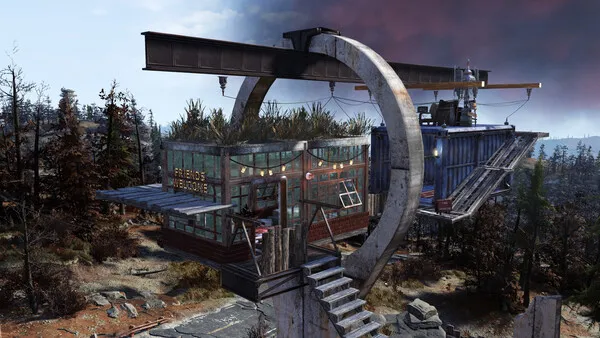
10. Endgame Progression and Legendary Gear
After reaching higher levels, the focus shifts to optimizing builds, crafting legendary gear, and tackling high-level events.
Legendary Gear
- Legendary enemies drop star-rated equipment with random effects.
- Use Legendary Modules to craft or reroll item attributes.
- Maintain Power Armor for endgame content; it provides superior protection.
Endgame Activities
- Participate in Scorched Earth or A Colossal Problem events for rare loot.
- Join daily ops missions for fast XP and script farming.
- Engage in faction dailies to continue unlocking gear and storylines.
Conclusion
Fallout 76 is more than just a survival game — it’s a test of adaptability, strategy, and community. The wasteland rewards those who think ahead, plan their builds carefully, and help others when chaos erupts. From managing resources and radiation to mastering combat and crafting, every system interlocks to create a world that feels alive. Whether you’re building a fortress in the woods, exploring irradiated mines, or fighting alongside strangers in an event, Fallout 76 offers endless discovery. The wasteland is harsh, but with these tips and guides, you can not only survive — you can thrive.

